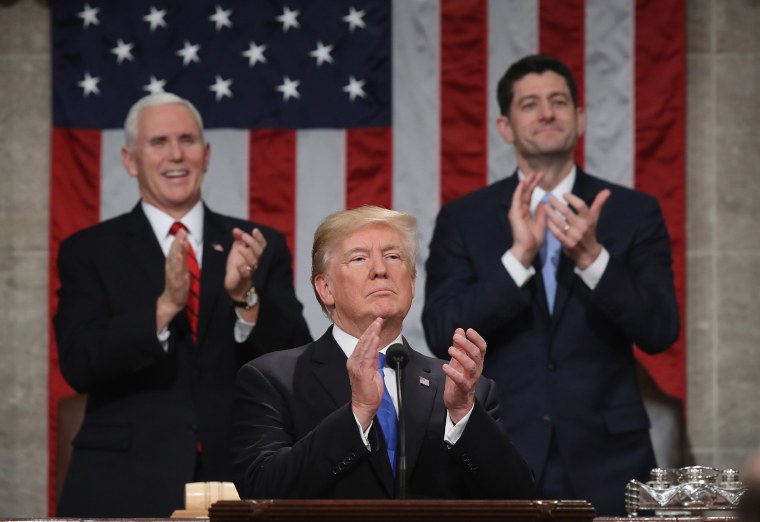President Donald Trump’s 2019 State of the Union address will be the 96th time a president has delivered the annual message in a speech to a joint session of Congress.
The State of the Union was largely delivered as a written message in the nation’s early history. After Presidents George Washington and John Adams gave their addresses in person, Thomas Jefferson set a precedent that lasted over 100 years when he chose to send a letter to Congress instead. President Woodrow Wilson revived the practice of presenting it in person in 1913.
But while the address has changed in form and focus, it has traditionally allowed presidents to emphasize their policy and economic messages and rally their political allies.
The first presidents of the United States focused on the priorities of the emerging nation, including setting the tone for how the United States would interact with other nations. Terms like “treaty,” “vessel” and “militia” featured prominently in the first three decades of what was then known as the “Annual Message.”
Similar themes have persisted even as America’s foes and friends have shifted over the centuries. America’s “allies” and global “terrorists” are themes that have featured prominently in the addresses by the most recent commanders in chief.
See all NBC News' coverage of the 2019 State of the Union.


